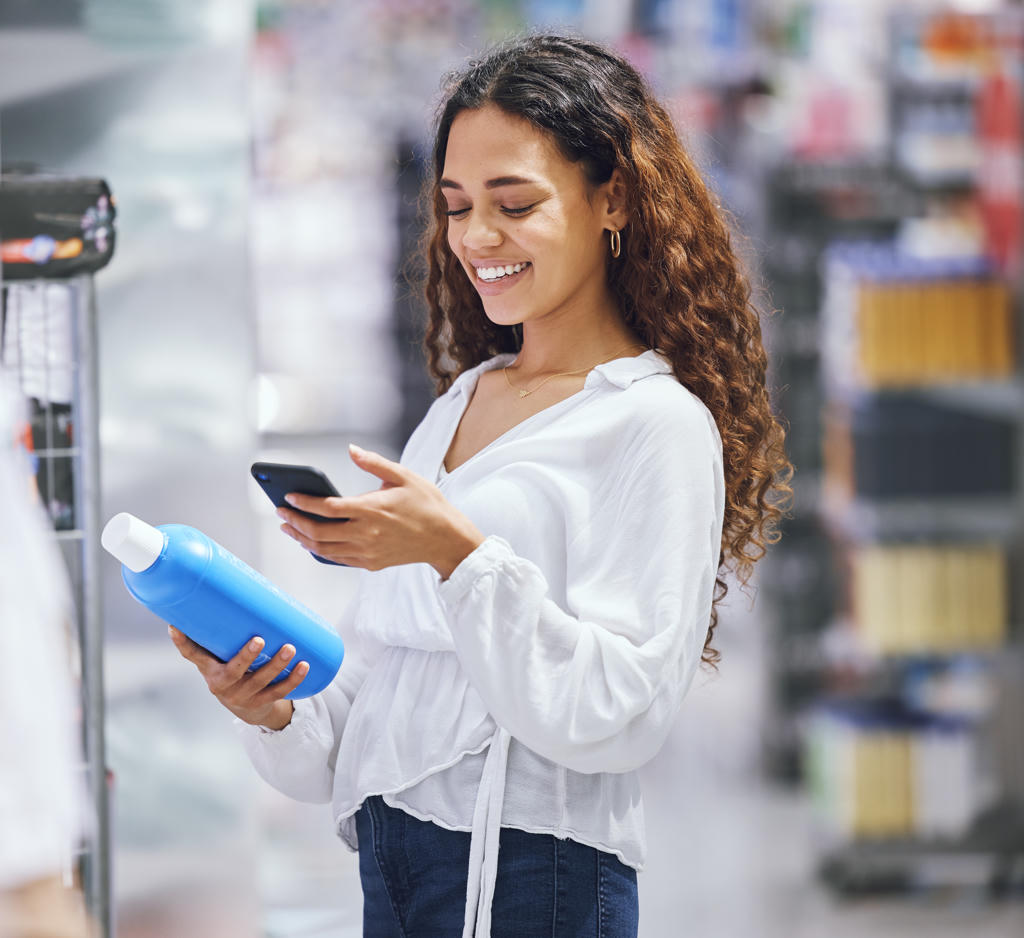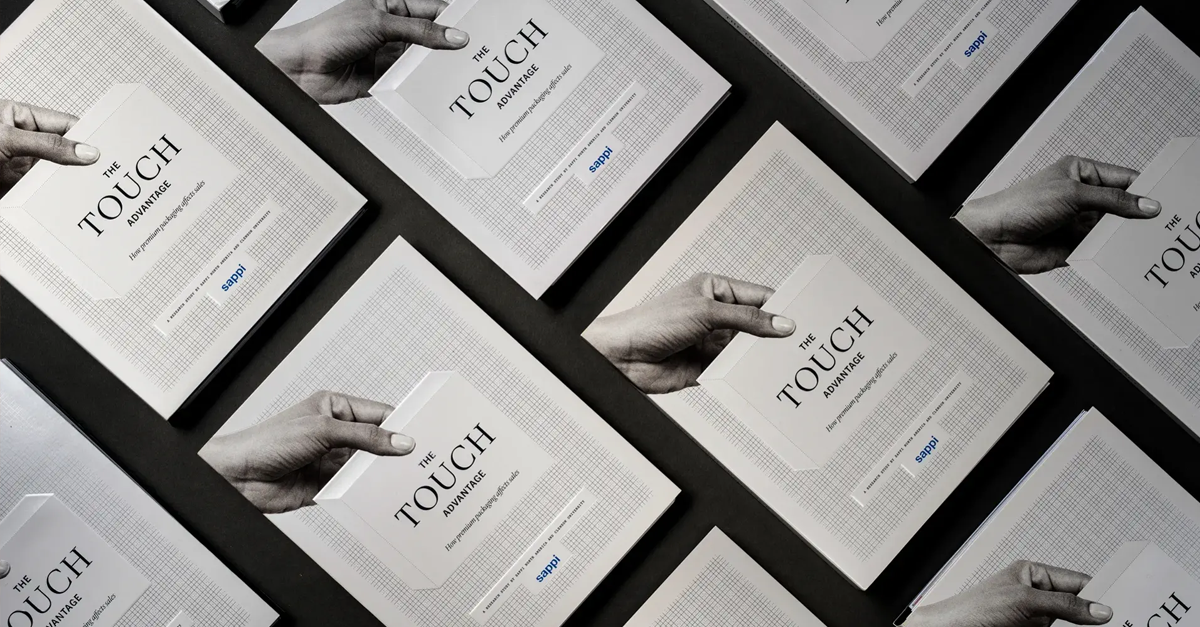Future-Proofing Your Packaging: Preparing for GS1 Digital Link and 2D Barcodes

The clock is ticking. By 2027, GS1 will introduce a shift from traditional UPC barcodes to 2D barcodes with a GS1 digital link. Known as Sunrise 2027, this initiative aims to make 2D barcodes the new standard at retail point-of-sale across the industry. This will become a new standard that will influence more than just your packaging design. These GS1 standards transform product traceability, tracking, and the overall consumer experience. But with change comes opportunity. This evolution is ideal for building smarter packaging systems, integrating RFID, and positioning your brand for what’s coming next.
What Are 2D Barcodes and GS1 Digital Link?
A 2D barcode, or QR code, can store more info than your usual 1D barcodes by encoding data both horizontally and vertically.
Then you have the GS1 Digital Link, which takes barcodes to the next level. It turns that simple black-and-white stripe into something more useful. With the GS1 Digital Link standard, 2D barcodes can act like web links, connecting products to online resources and making barcodes more interactive and connected.
Advantages of a 2D Barcode Integrated with the GS1 Digital Link
The new GS1 2D barcodes will enhance connectivity through dynamic QR codes for businesses. Some of the great benefits include:
- Traceability and Safety: Improved batch-level tracking for recalls and expiry dates.
- Inventory Management: Streamlined processes throughout the supply chain.
- Consumer Engagement: Direct access to rich content, loyalty programs, and product authenticity checks.
Unlike traditional codes, 2D codes are not limited to a single static piece of data. They can store multiple data elements, such as GTIN, batch numbers, and expiry dates, and even redirect to different user experiences over time.
How RFID Fits In
2D barcodes need a clear view to be scanned, but RFID (Radio-Frequency Identification) adds an invisible way to grab data. Mixing RFID with a 2D barcode gives you the best of both worlds.
RFID tags offer benefits such as:
- They can be read without needing a direct line of sight, which improves scanning of cases and pallets moving through warehouses.
- They can scan multiple items at once.
- They drive backend automation and increase throughput.
Together, RFID and 2D Barcodes Create a Complete System
By combining RFID technology with 2D barcodes, we create a flexible system for connected packaging. RFID optimizes your supply chain and inventory tracking, while 2D barcodes will meet the new mandate and offer direct consumer touchpoints.
Getting Your Packaging and Artwork Ready
This is where packaging design meets technical execution. Your artwork and print processes must be optimized for scannability and compliance:
- Plan for dual marking: During the transition to Sunrise 2027, many retailers will require both a UPC and a 2D barcode to ensure POS systems and supply chains remain compatible.
- Design for scannability: Contrast is key. If using clear labels, back up your code with white. Maintain a “quiet zone” around the code so scanners can read it easily.
- Placement matters: GS1 recommends positioning the 2D barcode close to your UPC to assist with point-of-sale transitions with the goal of the eventual phase-out of standard UPC codes in barcode form.
- Print process selection:
- Static or single QR codes? Flexo or offset printing can easily handle these at scale.
- Serialized or dynamic codes? You’ll need digital or hybrid printing to vary each label.
- Hybrid printing: The best of both worlds—your primary graphics run on flexo for color accuracy, while a digital head adds serialized or dynamic elements.
Why You Need an Experienced Converter
This transition isn’t just a creative design project—it’s a technical one. While brands and tech teams assign the data, converters must ensure it is formatted to GS1 standards before printing—incorrect structure can result in unreadable or non-compliant barcodes.
Working with an experienced label partner matters, from meeting GS1 specs to ensuring your retailer and regulatory requirements are met (without sacrificing brand impact). At Resource Label Group, we’re the “easy button”—matching the right print process to your packaging needs, no matter how complex.
Ready to Future-Proof your Packaging?
Don’t wait until 2027 is on your doorstep.
Talk to us about an RFID and 2D barcode readiness consultation. We’ll help you map out the strategy, artwork, and press approach to ensure your packaging is ready for GS1 compliance—and set up for the next wave of consumer engagement.
Explore Connected Packaging Solutions
Tags:


